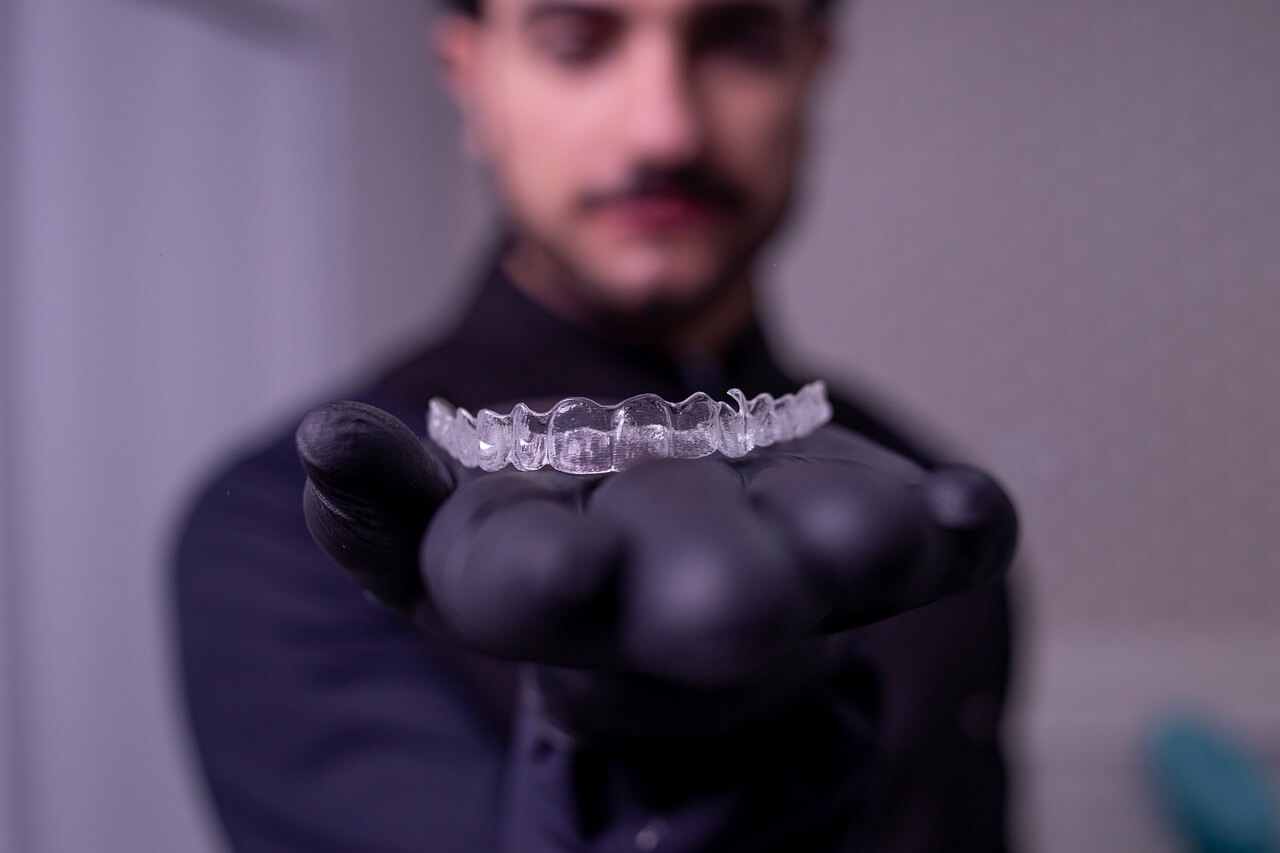When it comes to straightening your teeth and achieving a confident smile, you have two popular options: Invisalign and braces. Both treatments can effectively address dental issues such as crowding, spacing, and bite problems, but they differ in various aspects, including appearance, cost, comfort, effectiveness, and more. In this blog post, we’ll explore the key differences between Invisalign and braces to help you make an informed decision that aligns perfectly with your needs and preferences.

1. Appearance:
The first thing many people consider when choosing orthodontic treatment is how it will affect their appearance. Invisalign shines in this aspect as it is practically invisible. The clear plastic aligners fit snugly over your teeth, making them a discreet choice for those who prefer a subtle approach. On the other hand, braces consist of visible wires and brackets, which can draw more attention to your teeth during the treatment process.
2. Cost:
Budget plays a significant role in making any decision, and orthodontic treatment is no exception. Invisalign tends to be on the higher end of the cost spectrum, mainly due to its advanced technology and customized approach. If budget-friendliness is a primary concern, traditional braces might be a more suitable option, as they generally come at a more affordable price point.
3. Comfort:
Comfort is crucial during your orthodontic journey, and here, Invisalign has the upper hand. The smooth, plastic aligners are designed to be gentle on your mouth, resulting in minimal irritation or soreness. On the contrary, braces, with their wires and brackets, can cause some discomfort and irritation on the cheeks, lips, and tongue until your mouth gets accustomed to them.
4. Effectiveness:
Both Invisalign and braces can effectively correct dental issues, but their suitability varies depending on the complexity of the problem. Invisalign is typically recommended for milder to moderate cases of misalignment, while braces excel in handling more severe orthodontic issues. Their fixed nature provides orthodontists with greater control and versatility in addressing complex dental problems.
5. Care and Cleaning:
Maintaining proper oral hygiene is crucial during orthodontic treatment. Invisalign makes this task easier with its removable aligners. You can take them out for eating, drinking, and brushing your teeth, ensuring you maintain excellent dental health throughout the process. On the other hand, braces require extra attention when cleaning, as the wires and brackets can trap food particles and make flossing and brushing a bit more challenging.
6. Removability:
The removability factor is a notable advantage of Invisalign. Being able to remove the aligners whenever necessary grants you more flexibility in your daily life. Whether you’re enjoying a meal or attending a special event, you can temporarily take out the aligners. Conversely, braces are fixed in place throughout the entire treatment duration.
7. Treatment Time:
The duration of treatment is an essential consideration for many patients. Invisalign and braces offer different timelines for achieving the desired results. Invisalign treatment usually takes between 3 to 18 months, depending on the complexity of your case. On the other hand, braces typically require 16 to 18 months to complete the treatment. If you’re looking for a shorter treatment period, Invisalign might be the preferable choice.
8. Post-Treatment:
Once the active phase of your treatment is complete, maintaining the results is crucial. For Invisalign users, this often involves wearing a retainer, usually in the form of a tray, during the night to preserve the corrected alignment. Braces wearers, on the other hand, need either a fixed or removable retainer to keep their teeth in their new positions.

Final Thoughts
Both Invisalign and braces are effective orthodontic treatments that can help you achieve the smile you desire. The decision between the two ultimately depends on your individual preferences, the complexity of your dental issues, and your budget. Consulting with an orthodontist will help you make the most informed choice, ensuring you embark on a path to a confident smile and improved dental health in the long run. Remember, whichever option you choose, the journey will be worth it, leading to a lifetime of beautiful smiles!
 Infographic Portal New Infographics Resource Portal
Infographic Portal New Infographics Resource Portal
